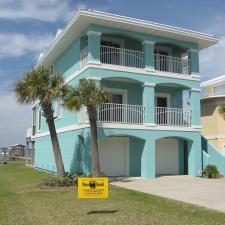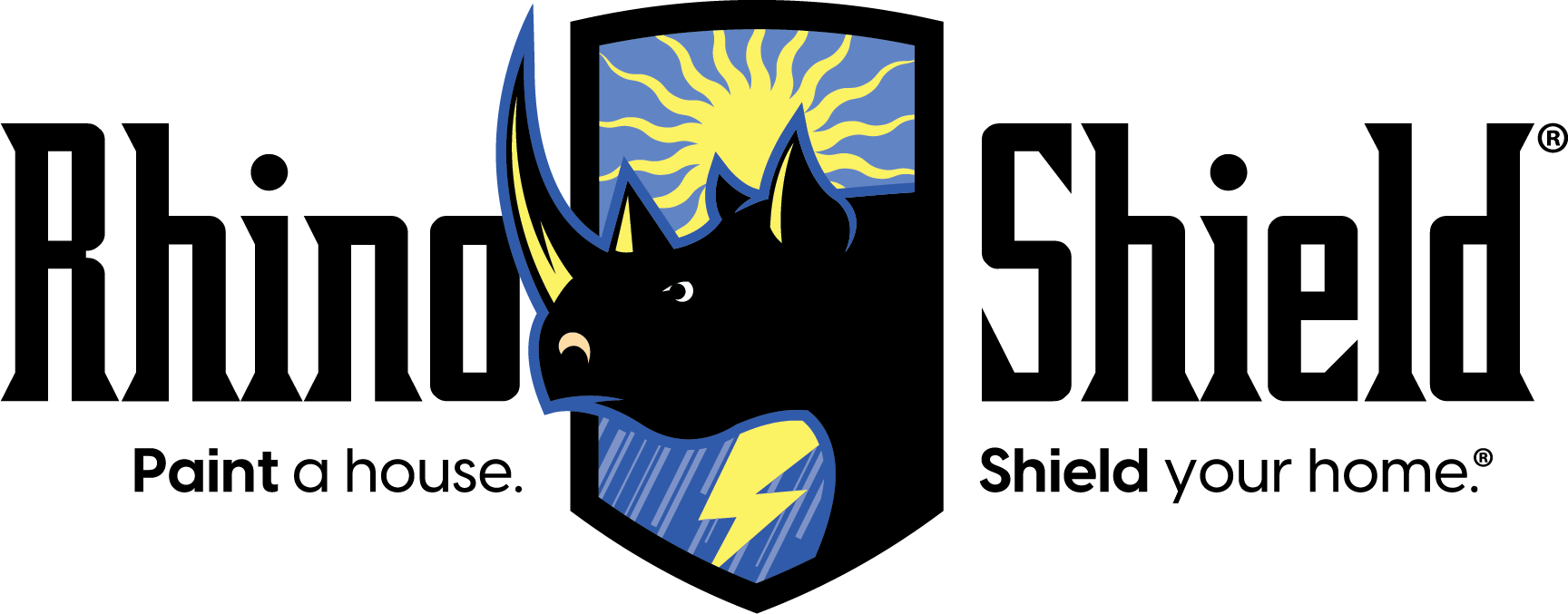The Limitations of Stucco as an Exterior Finish: How Rhino Shield Overcomes Them
January 3rd, 2024 | 3 min. read
By admin

Stucco, a time-tested building material, has been used for thousands of years to texture and protect the exterior surfaces of homes and buildings. Its durability and versatility have made it a popular choice, especially in regions with warmer climates and limited access to lumber.
However, here at Rhino Shield, we’re often asked, “What are the downsides of using stucco?” and “How do I mitigate the drawbacks of using stucco?” Today, we’ll answer those questions to give you a better idea of how our product and procedures complement stucco.
What Is Stucco?
Historically, stucco’s components were cement, sand, lime, and water. Although, most modern stucco includes the added benefit of polymers for enhanced flexibility. This combination forms a plaster that people today typically use for siding a home’s exterior.
Based on the findings of the Census Bureau’s Survey of Construction (SOC), at 28 percent of homes built for single families, stucco siding was the most popular option in 2021.
Stucco's Strengths
Stucco's longevity in the home development and improvement market can be attributed to a few factors.
- Its resilience in hot and dry climates
- Its cost-effectiveness
- Its availability
These benefits have made stucco a go-to option for residential and commercial construction, particularly in hot and arid regions like California, Nevada, Arizona, and New Mexico. It is more prevalent in these environments because the raw materials are more readily available, which reduces cost. And since stucco is prone to water-related issues, dry areas are an optimal choice for its use.
In recent years, wood has become an expensive building material, leading consumers to look for other options. Stucco has always been a popular alternative because, unlike wood:
- It doesn’t rot.
- It isn’t susceptible to termites.
- It’s not as prone to water damage.
Stucco’s Limitations
One of the significant issues with traditional stucco is its tendency to fade over time. Exposure to sunlight can cause the color of stucco to diminish, which can mar the aesthetic appeal of your home. Moreover, stucco is prone to cracking. While minor cracks are common, a bad application or unchecked cracking can lead to costly repairs. This may lead to a complete redo of the stucco finish.
Stucco's tendency to absorb and retain heat can be problematic, especially in warmer seasons. Additionally, stucco is a poor insulator, which means it won’t easily trap cold air from inside your home. This can result in increased energy costs to keep your house cool.
Stucco's porous nature also makes it susceptible to water retention, which can encourage the growth of unsightly and damaging biological growth.
The Rhino Shield Solution
Rhino Shield, a cutting-edge ceramic, home-exterior coating addresses these limitations head-on. Here's how:
- Color Fading Prevention: Rhino Shield offers a protective coating that only rejuvenates the appearance of a stucco structure. The paint is also UV resistant, which slows color fading, ensuring that your home maintains its curb appeal for years.
- Crack Resistance: Unlike traditional paint, Rhino Shield is designed to coat over minor cracks and bridge new ones. This added layer of protection not only enhances the appearance but also ensures the longevity of your home's exterior.
- Heat Absorption Reduction: Rhino Shield's innovative technology includes UV reflection properties that counteract the heat-absorbing tendencies of stucco. This ceramic coating system will keep stucco walls cooler in the summer and lower energy costs.
- Water Repellent Technology: Stucco's vulnerability to water retention and bio-growth is countered by Rhino Shield's water-repellent technology, keeping your home's exterior clean and preventing mold, mildew, and algae growth.
- Durability and Elasticity: Rhino Shield's durability and elasticity allow it to move with your home as it settles and expands, masking the stucco’s hairline cracks and splits behind our exterior coating. This feature reduces the need for frequent maintenance, as you won’t have to address frequent blemishes.
- Ideal for Stucco Surfaces: Rhino Shield's thick coating is perfectly suited for stucco surfaces. Its ability to adhere to and cover the rough and porous stucco ensures a seamless and even finish.
- Our Comprehensive Application Process: When applying stucco to a home, a Rhino Shield contractor will typically:
- Repair the cracks.
- Trench the foundation as needed.
- Apply our unique primer that seals, penetrates, and bonds to the stucco substrate.
- The ceramic topcoat is applied over the primer.
- Most stucco jobs are backrolled with a paint roller to help with the product coverage. Back rolling helps to seal all the crevices and terrain of a stucco wall ensuring uniform coverage and protection.
Learn more about Rhino Shields installation process and cost here.
In a world where the price of lumber continues to increase, Rhino Shield can provide you with the technology to maintain your more budget-friendly stucco surface free of its inherent drawbacks. The benefits you can expect include:
- Exterior crack and split prevention
- Color retention
- Heat reflectance
- Water repellence
- Longevity
What’s better, if you’re unsatisfied with our product, we provide a 25-year transferrable, non-prorated warranty that covers chipping, flaking, and peeling. If you’re interested in Rhino Shield’s advantages, you can check out our link below for a free, no-obligation quote.

